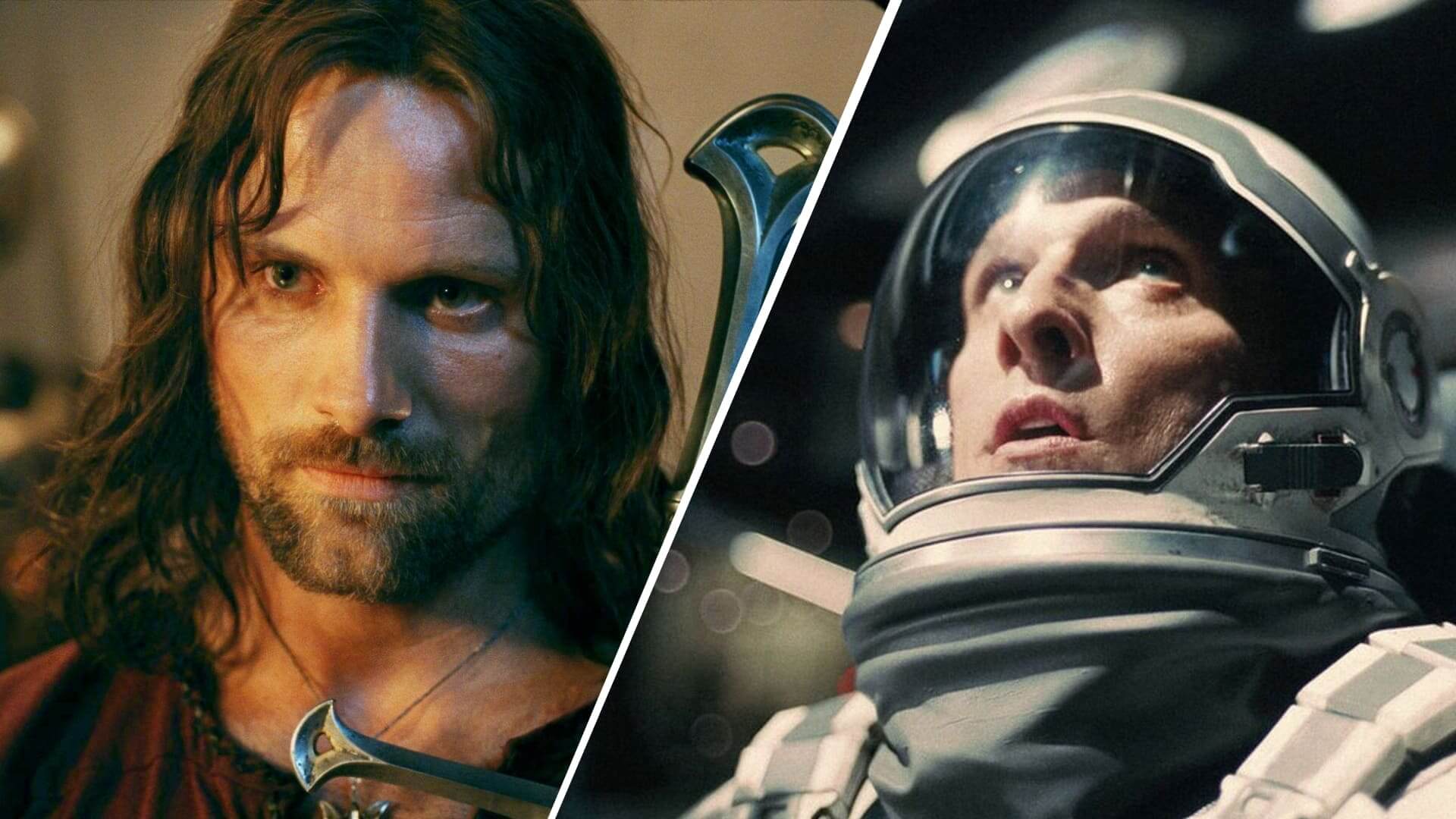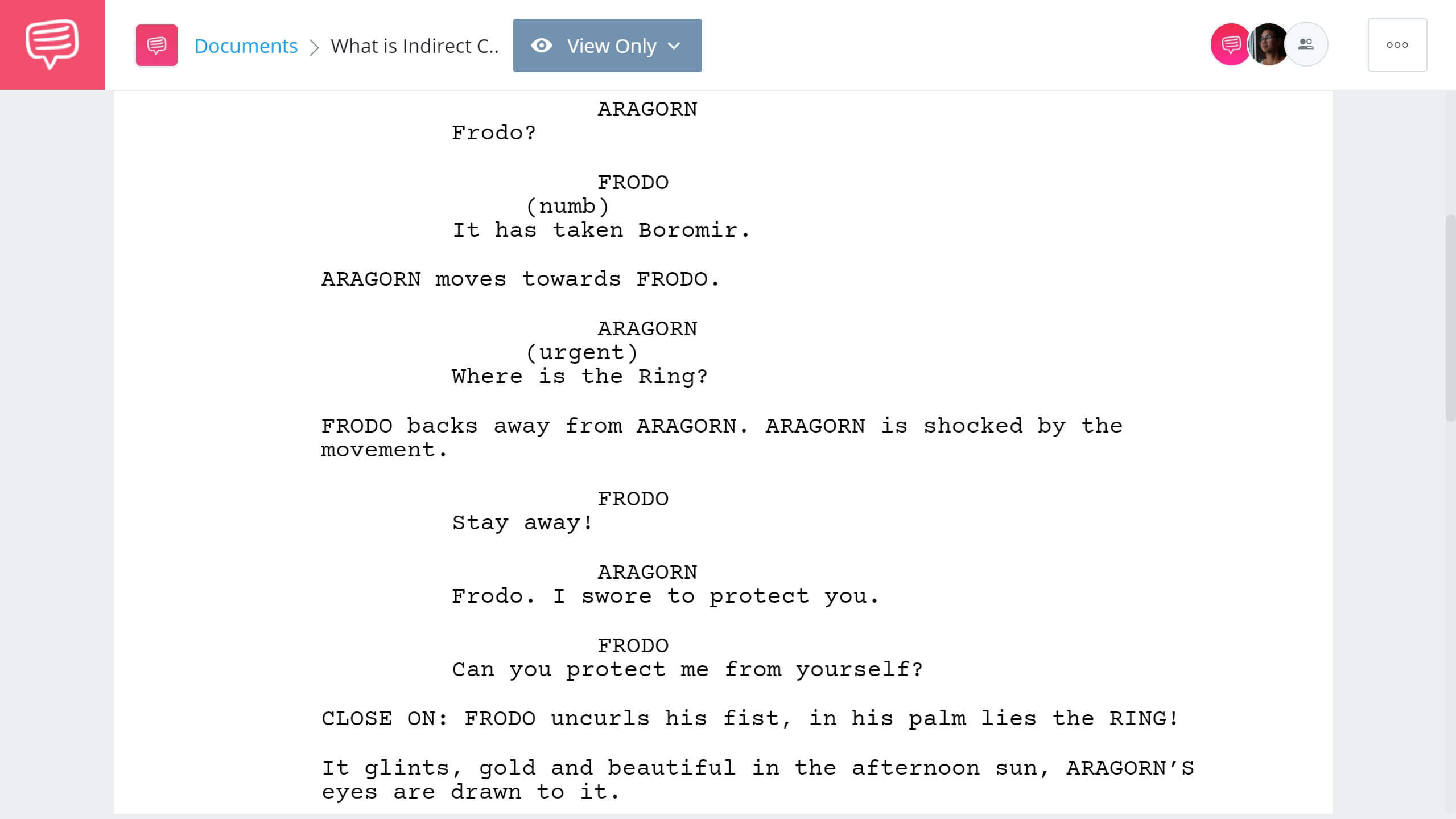Indirect characterization is an essential part of developing nuanced characters. But what is indirect characterization? We’re going to break down this writerly concept by looking at its definition and examples in literature and film. By the end, you’ll know why indirect characterization is an important part of developing nuanced characters.
Define Indirect Characterization With Subtypes
Primer on flat vs. round characters
Before we dive into our indirect characterization definition, let’s quickly go over the difference between flat and round characters. The characterization required for each of these character types varies quite a bit.
Flat characters are simple, one-dimensional characters. They’re often static (unchanging) and rarely indirectly characterized. Here’s an example of a flat character:
Chewbacca from Star Wars is a good example of a flat character because he’s incredibly simple, doesn’t change, and rarely indirectly characterized.
Round characters are complex multi-dimensional characters. They’re usually dynamic (changing) and often indirectly characterized. Here’s an example of a round character:
Don Draper from Mad Men is a good example of a round character because he’s emotionally complex, subject to change, and frequently indirectly characterized.
Indirect characterization is an important part of developing multi-dimensional characters. As such, it's an integral facet of round characters. We’ll get into how this type of characterization leads to character depth in a bit, but first let’s break down the indirect characterization definition.
INDIRECT CHARACTERIZATION DEFINITION
What is indirect characterization?
Indirect characterization is a subtype of characterization that’s defined by “showing” rather than “telling.” It is an important technique used by writers for developing nuanced characters. It is primarily utilized through what the character says, thinks, and does but also includes their effect on others and their physical appearance. This is commonly referred to as STEAL indirect characterization (see below).
STEAL Indirect Characterization:
- Speech: what the character says
- Thinks: what the character thinks
- Effect: what effect the character has on others
- Actions: what the character does
- Looks: what does the character look like
Direct vs Indirect Characterization
Indirect characterization examples
What is the difference between direct and indirect characterization? Well, direct characterization is telling, not showing; whereas indirect characterization is showing, not telling. But although indirect characterization is defined by the tenet “show, don’t tell,” it’s still used in literature to show who a character is rather than to tell us about them.
Here’s a great example of indirect characterization from Harper Lee’s To Kill a Mockingbird. In this example, Atticus Finch kills a rabid dog named Tim Johnson. Think about how this event indirectly characterizes Atticus.
“With movements so swift they seemed simultaneous, Atticus’s hand yanked a balltipped lever as he brought the gun to his shoulder. The rifle cracked. Tim Johnson leaped, flopped over and crumpled on the sidewalk in a brown-and-white heap. He didn’t know what hit him.”
This moment contains a few indirect characterization examples in short order. It shows Atticus’s willingness to step up when leadership is needed. We can see his abilities handling a firearm with swift precision. And it also shows us that Atticus is a merciful character.
Conversely, House of Cards uses a similar plot set-up but characterizes its protagonist in a more sinister way. Watch the clip below and think about how Frank Underwood’s action of killing the dog is less about mercy and more about power.
What’s Indirect Characterization? • House of Cards
In this moment, we get the impression that Frank Underwood is a ruthless character. Yes, he may have a hint of mercy too – but he’s mostly a “do whatever it takes” kind of character.
All of this is a testament to great characterization.
Related Posts
Characterization In Action
Indirect characterization on the page
Indirect characterization is an important part of building round characters. But how do we use indirect characterization? Well, we start with showing who characters are.
We imported The Lord of the Rings: The Fellowship of the Ring script into StudioBinder’s screenwriting software to take a closer look at one of the best moments of characterization in scriptwriting history.
As you’re reading, think about how screenwriters Fran Walsh, Philippa Boyens, and Peter Jackson use indirect type of characterization to show us why Aragorn is such a great character.
What is Indirect Characterization? • Indirect Characterization Examples in The Lord of the Rings
Here, we’re shown (not told) that Aragorn is a strong character. He not only rejects the allure of the ring, but he honors his vow to protect Frodo, even at the prospect of losing his own life. You can watch the scene in all its cinematic glory below.
Related Posts
What is Indirect Characterization in The Lord of the Rings
The Lord of the Rings: The Fellowship of the Ring isn’t the only big-budget film to masterfully implement this type of characterization though.
Christopher Nolan’s Interstellar is an intimate character drama with a cosmic scope. In our Save the Cat! video essay on the film, we break down 15 key story beats that show Interstellar’s screenwriting strengths and weaknesses.
While watching, think about how Cooper’s actions indirectly characterize him.
Indirect Characterization Examples in Interstellar • Subscribe on YouTube
In one moment from Interstellar, Cooper sacrifices himself for the sake of humanity. This is a great example of characterization because it shows us Cooper’s “character” through an action.
If you want to implement this type of characterization in your storytelling, consider showing moments of heroism (or villainy). This will indirectly tell us about a character in a way that’s more engaging than simply describing them.
Related Posts
UP NEXT
Character Archetype Examples
Want to learn more about how writers build characters? Check out our next article where we break down a variety of character archetypes in literature and movies. We’ll show you character archetypes from The Office, Star Wars, and more so that you can implement character archetypes in your own stories.

